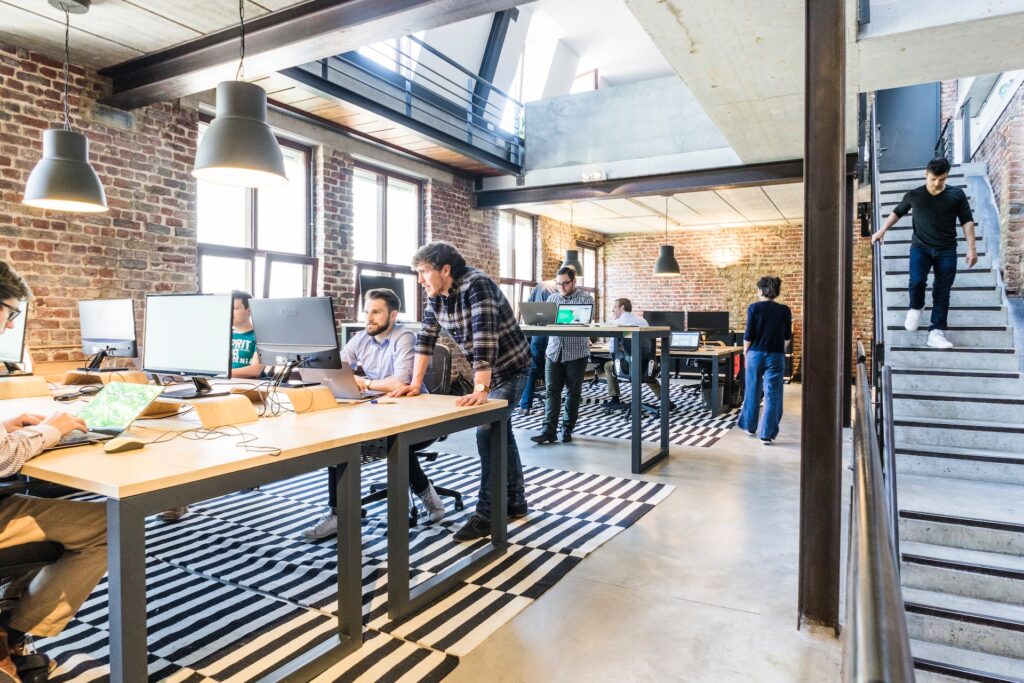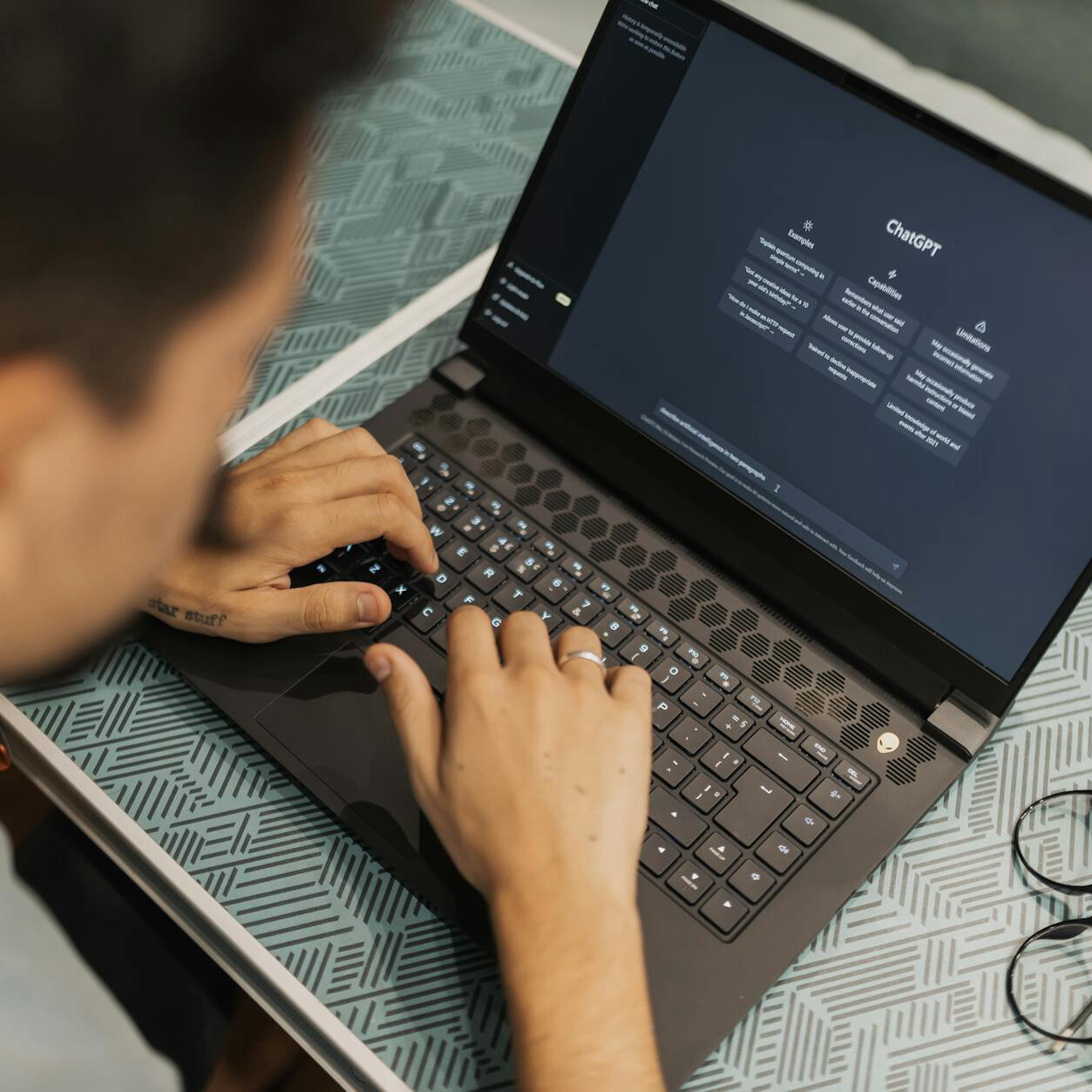Web Design for Startups: What Are Smart Startups Doing With Their Websites?
It’s becoming difficult for startups to ignore web design. To many startups, website design may seem like a way to present their company in a meaningful way. However, it is far more than an aesthetic function. Design is about creating something in a way that is meant to be used. It gets people to delve into your content, evaluate your products, and participate in a unique experience (if that’s your goal). If that’s the case, what should startups take notice of when it comes to design? Here are some great examples of what some startups are doing.

1. Being as direct as possible – Many startups are cutting to the chase and simply stating directly what a new visitor will get out of using their website or what they are offering. The goal is to quickly state the benefit of using the website in a few sentences and provide a call to action so that the user will start using their website. There’s no hard selling, hype, grandiose design, or fancy website functions. It’s about being as transparent as possible while delivering a meaningful experience.
2. Making design relevant to their business – As mentioned earlier, a major part of the design is about getting people to use your website. Airbnb, a successful startup, does this by stating what a user can do, explaining how their service works with a link to a tab that pulls down and providing a search box to find a home to stay in for the user’s desired city. It also links popular cities the user may be interested in. The result is a simple, straightforward and intuitive design that aligns with what the company is trying to do.
3. Using storytelling to connect with users – Everyone loves a good story, and that’s why storytelling is often used when creating web design. Compelling stories can be led by design to engage users. Some great examples of this are parallax design, which creates a visual effect as users scroll down on a website and high-quality presentation videos that help deliver the message. Some companies are using stories on other parts of their websites to create a connection and fuel their website goals.
4. Focusing on user experience – As a startup, you want to create a memorable experience. In order to do this, you must provide an excellent user experience – from start to finish. Your website must be intuitive, the user interface has to be organized, the layout should be clean, and your website should load quickly. The experience will make users want to come back, refer their friends, and talk about your website. It is what will help get users to move towards the goals you’ve set for your website, whether it’s to have people sign up for a newsletter, share content, or make a purchase.
5. Presenting a straightforward navigation path – Sometimes, it’s hard to explain what your product or service does in one small block of content. In this case, you want to create a navigation path that guides users through your website in an organized way. You can use pull-out tabs to supply hints, link users to a how-to guide, or provide a live demo. You don’t want to be like an eCommerce site and provide them with too many options. You want to give users a progressive experience that helps them understand the value of whatever you do or sell.
Those are some of the things that smart startups are doing with their websites. Trying to appear unique through the aesthetic aspects of design alone simply won’t cut it. It’s a combination of aesthetics and function that will help you make a big splash with your startup, so it’s a wise decision to invest in the web design of your website.



